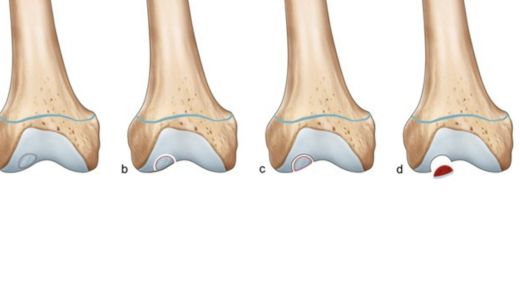
Understanding Osteochondritis Dissecans (OCD) is vital for managing joint health. This condition affects the cartilage and bone in joints, often leading to pain and dysfunction. Orthopedic surgeons play a key role in treating OCD. They use techniques that repair and restore joint function. While the term Cumming shoulder might ring a bell in orthopedic circles, OCD often appears in knees, elbows, and ankles. Early diagnosis and treatment can prevent long-term damage. Let’s explore how orthopedic surgeons manage this challenging condition.
What is Osteochondritis Dissecans?
Osteochondritis Dissecans occurs when a small segment of bone begins to separate from its surrounding region due to a lack of blood flow. This can lead to the bone and cartilage breaking off. The condition most often affects children and adolescents, particularly those involved in sports activities. Recognizing the signs early is key for effective management.
Symptoms and Diagnosis
Symptoms of OCD can include joint pain, swelling, and a decreased range of motion. In some cases, a joint may feel like it “locks up.” An orthopedic surgeon will typically use imaging tests like X-rays or MRIs to confirm the diagnosis. Early treatment is crucial to prevent further joint damage and to ensure a strong recovery.
Treatment Options
Orthopedic surgeons approach OCD treatment with several options, depending on the severity of the condition:
- Non-Surgical Treatment: Rest and physical therapy can be effective for minor cases. These help reduce pain and improve joint function.
- Surgical Treatment: Surgery may be needed if the condition is severe or doesn’t respond to non-surgical methods. Techniques include drilling to stimulate healing or securing loose bone fragments.
- Post-Treatment Care: Routine care is more effective after treatment. This includes regular follow-ups and rehabilitation exercises.
Comparison of Treatment Techniques
| Treatment | Effectiveness | Recovery Time |
| Non-Surgical | Effective for mild cases | Weeks to months |
| Surgical | More effective for severe cases | Months |
The Role of Orthopedic Surgeons
Orthopedic surgeons specialize in diagnosing and treating conditions affecting the musculoskeletal system. They assess the extent of OCD and recommend the best course of action. Their expertise is crucial in ensuring optimal recovery and preventing relapse. According to the American Academy of Orthopaedic Surgeons, personalized treatment plans are essential for managing OCD effectively.
Preventing Osteochondritis Dissecans
Prevention is always better than cure. Encouraging young athletes to engage in diverse sports activities can reduce the risk of overuse injuries. Proper warm-up routines and protective gear also play a role in prevention. Educating children about the importance of listening to their bodies can help them recognize early signs of joint stress.
Conclusion
Osteochondritis Dissecans is a condition that requires careful management by both the patient and healthcare professionals. Orthopedic surgeons are integral in diagnosing and treating OCD, ensuring that affected joints regain their full function. Through early diagnosis and appropriate treatment, long-term joint health can be achieved.














